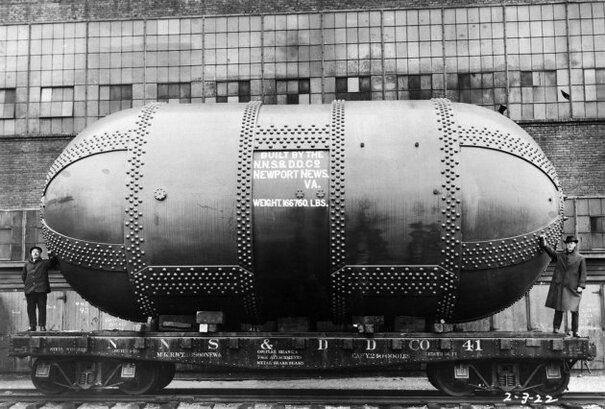NASA’S LANGLEY RESEARCH Center in Hampton, Virginia is probably best known today for being the site where the Apollo moon landing mission was planned and designed. The facility was founded under the US federal agency the National Advisory Committee for Aeronautics (or NACA) in 1917 as America’s first civilian laboratory for studying developments in flight.
Efforts to establish research projects at the centre were disrupted by the First World War, and the facility wasn’t officially dedicated until July 1920. Its first wind tunnel, based on an earlier British design, became operational that summer. The Langley tunnel became the first in the world to use the principle of variable density air pressure to test scale model aircraft, according to NASA historians.
Here are some of the images taken by Langley researchers in the 1920s:



























COMMENTS (2)